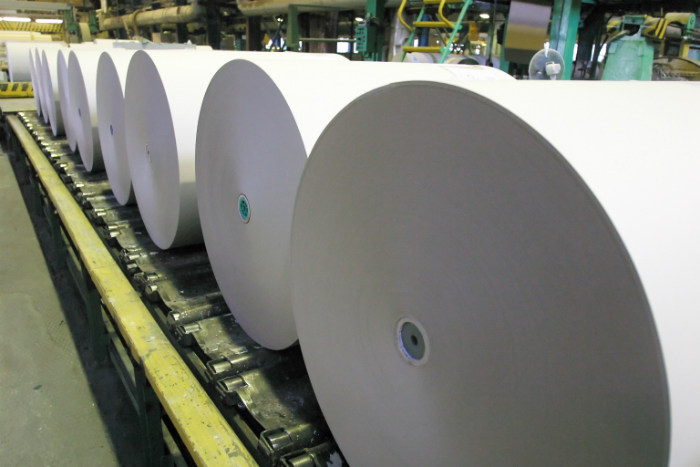
Industry guide Pulp and Paper Edge (PPE) says the latest energy price rises and supply challenges are impacting on the cost of pulp and paper manufacturing.
PPE names six issues directly impacting Australia’s pulp and paper industry including securing base load electricity supply, access to affordable gas for conventional and unconventional sources, renewable energy certificates (REC) under the renewable energy target for thermal heat generation, investment in energy efficiency and lower emissions production, adoption of an emissions intensity target that rewards efforts to increase the efficiency of energy production, and maintenance of quality and consistent electricity supply.
PPE says, ‘Pulp and paper production is highly energy intensive around the world, including in Australia.’
It reports in the past two years the sector has increased its total production of paper and paperboard by 2.7 per cent (2014-15) and 2.8 per cent (2015-16), over the same period energy intensity has fallen 2.8 per cent (2014-15) and 2.7 per cent (2015-16).
‘While the national energy efficiency agenda and the emphasis on reducing emissions is a driver for change and has helped to deliver the declines, the reality is that the cost of energy has been growing well ahead of the price of paper and paperboard of all grades,’ the report stated.
[Related: Paper prices go up]
PPE looks at Australia’s gas supplies and says the supply potential is not the problem, it is the companies controlling the gas supply, ‘unsurprisingly, under tightening supply, gas prices have risen and flowed through to delivered energy prices for households and businesses.’
The report says, the pulp and paper industry is not paid enough for the renewable energy it creates.
“There are few major energy using industries producing significant amounts of their own renewable energy. The pulp and paper industry does just that, but much of the industry receives little recognition and precious little return for the contribution it makes to the production and supply of renewable base load electricity, let alone its supply of renewable industrial heat.”
The report comments on Australia’s pulp and paper manufacturers energy use, ‘Australia’s pulp and paper manufacturers have been successful in reducing the amount of energy they use and thereby, the costs of that energy. Companies have invested and made strategic changes wherever possible. Year-on-year improvements are between 2.5 and 3 per cent.’
PPE says there are three things Australia’s paper industry needs; availability and security of supply of gas, under a rational pricing regime, REC for industrial scale renewable heat production and investment for bio-energy and stable base load electricity supply.
The report, Energy costs threaten future of pulp and paper manufacturing, was released in March 2017 extracted from Industry Edge Edition 139.
This year the PIAA has been pushing the Australian government to fix energy pricing and supply as it is directly affecting its members.
Comment below to have your say on this story.
If you have a news story or tip-off, get in touch at editorial@sprinter.com.au.
Sign up to the Sprinter newsletter
